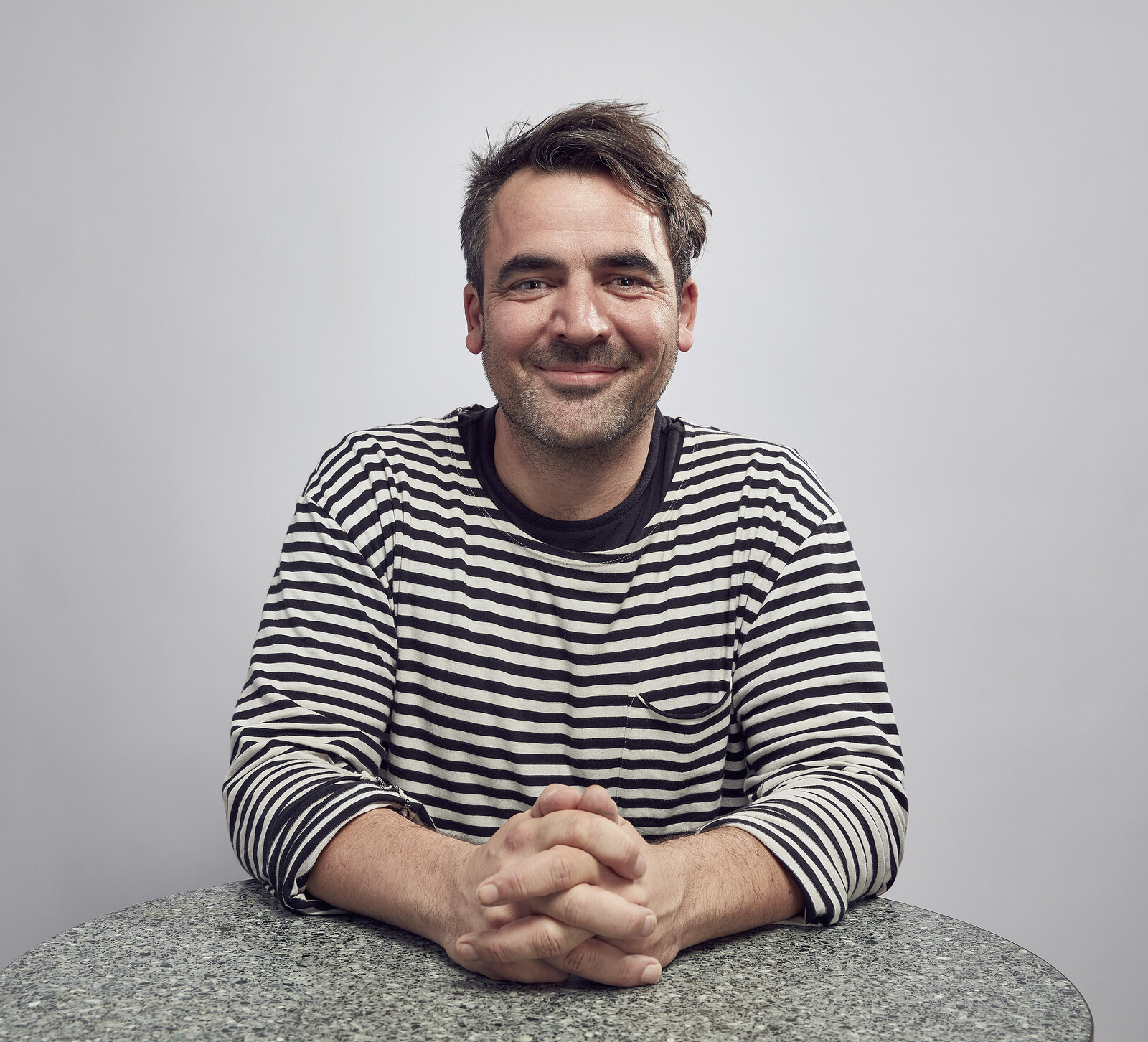Starting in October 2023
Oskar-Kokoschka-Platz 2
1010 Vienna
Austria
We are pleased to announce that Rector Gerald Bast has appointed Sam Jacob as head of the I oA Architectural Design Studio 3, succeeding Hani Rashid, and Petra Gruber as head of the I oA Department of Building Construction at the University of Applied Arts Vienna as of October 2023, succeeding Karin Raith.
Sam Jacob heads the Sam Jacob Studio for architecture and design, whose work ranges from urban design through architecture, design and art to curatorial projects. Sam is interested in how architecture and design can take ideas and make them real. Inspired by context, his projects try to embody stories, sensations and feelings in space, form and materials. Striking yet also full of familiar references, his projects create places and spaces with character and surprising beauty. Past projects include,social housing, community centers, parks, TV studios and exhibitions. Recent projects include a new mixed-use building in Hoxton, offices for Art Review, exhibition designs for Somerset House, and the V&A’s Cromwell Road entrance. Current projects include the National Collection Centre, public spaces in Belgravia and Covent Garden, and the William Morris Gallery.
He has been a professor of architecture at UIC since 2011 and has taught at the University of Hong Kong, Yale University, TU Vienna, and the AA, among others. His work has been shown at institutions including the Art Institute of Chicago, the MAK in Vienna, the V&A, and the 2016 Venice Biennale. He has written for Art Review and is author of Make It Real, Architecture as Enactment (Strelka Press, 2012).
At the I oA, Sam’s studio will explore architecture as representation: how it represents (drawing), who it represents (politics), what it represents (meaning). Architectural media like drawings and models are not innocent. Representation also raises questions about who and what is represented, as well as who and what is excluded.,What kinds of hybrid representational ideas might expand architecture’s social and political agency? The studio will ask the question of what architecture itself represents: what is architecture really about?
Petra Gruber is a researcher and educator in architecture and biodesign and holds a PhD in biomimetics in architecture from the Vienna University of Technology. Gruber works internationally in inter- and transdisciplinary design, research and education, at the intersection of biology, architecture and art. From 2000 to 2008, she was an assistant professor at the Institute of Design and Building Construction at the Vienna University of Technology. She was also a research fellow at the Center for Biomimetics at the University of Reading, UK.
In her own office, transarch, Gruber leads research projects in traditional architecture and on spatial and functional aspects of biological structures for biomimetic innovation in architecture and the built environment. With her longtime project partner, Barbara Imhof, and an international team, she co-led the research projects, “Biornametics” and “Growing as Building,” at the University of Applied Arts Vienna.
From 2012 to 2015, she held a visiting professorship at the Ethiopian Institute for Architecture, Building Construction and City Development EiABC in Ethiopia. From 2016 to 2021, she was Associate Professor for Biodesign at the Biomimicry Research and Innovation Center at the University of Akron, where she founded the BiodesignLab and supervised PhD students in Integrated Biosciences. Since 2021, she has been a senior researcher at Hochschule Rhein-Waal and the Angewandte with the project “Biocool” on self-cooling biomimetic building facades. In December 2021, she joined the Austrian Research Promotion Agency (FFG) as a program expert.
Her work has been widely published in books, journals, exhibitions and documentary films. She holds lectures and workshops worldwide and acts as a reviewer for scientific journals and funding organizations. At the I oA, Petra will further explore building construction at the intersection of biology and building: How do processes in nature shape future conditions while also delivering blueprints for a new living architecture? Building construction is at the core of implementing high-quality solutions in the built environment and needs to meet and drive innovation. Experimental design and research-based teaching, together with the integration of traditional building construction and advanced technologies, shall extend the capacity to shape perspectives for future challenges.


